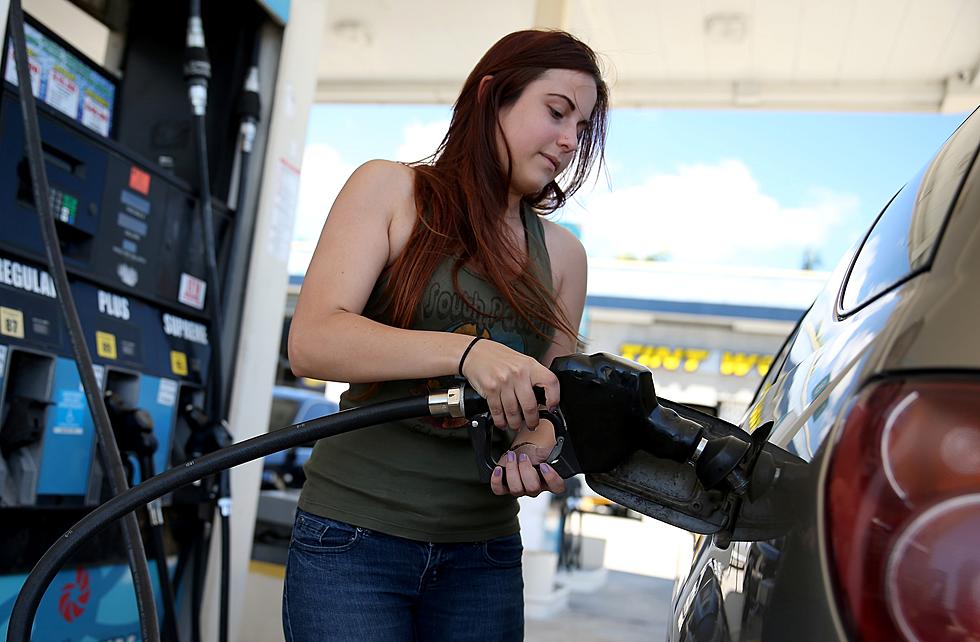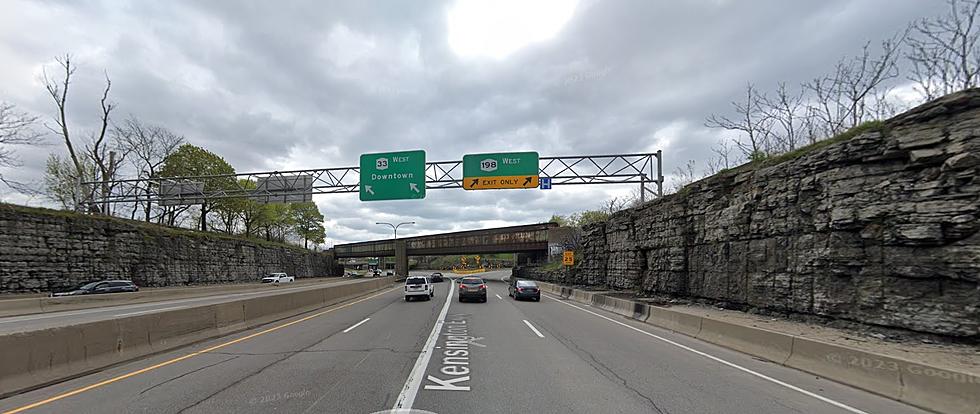
Consumer Alert Issued Against Gas Price Gouging in New York
Panic buying could lead to illegal price gouging of fuel "from those seeking to unconscionably take advantage of another crisis."

New York Attorney General Letitia James issued an alert on Thursday to New Yorkers concerning potential gasoline price gouging following the interruption of a major fuel pipeline serving the eastern half of the United States.
James is urging New Yorkers to report dramatic gasoline price increases to the Office of the Attorney General (OAG) for investigation.
The current disruption to the fuel market occurred after computer hackers illegally hacked into the computer system that is used to control the Colonial Pipeline, which transports fuel to numerous locations along the eastern half of the U.S., including New York.
The hack caused a temporary shutdown of the pipeline, creating the threat of a fuel shortage that could potentially affect hundreds of millions of Americans, according to James. In response, numerous consumers on the East Coast have reportedly engaged in panic-buying of fuel, and some sellers appear to have increased their prices in an attempt to profit from the increased demand.
For all the news that the Hudson Valley is sharing make sure to follow Hudson Valley Post on Facebook, download the Hudson Valley Post Mobile App and sign up for the Hudson Valley Post Newsletter.
“As New Yorkers continue to suffer the economic impact of the COVID-19 public health crisis, the last thing their wallets can afford is the price gouging of fuel from those seeking to unconscionably take advantage of another crisis,” James stated. “To be clear, the price gouging of fuel in New York state will not be tolerated for a moment. If our office sees profiteers take advantage of consumers by boosting prices to excess levels, we will not hesitate to take legal action."
New York law prohibits sellers of fuel and other vital and necessary goods from excessively increasing their prices during an abnormal market disruption, including disruptions caused by energy shortages. During such times, sellers may be allowed to increase prices to cover their own cost increases, but it is illegal for them to unconscionably raise prices simply to profit from increased consumer demand.
James also advises consumers to buy only as much fuel as they need and not to stock up out of fear of a potential future shortage, as such panic buying may reduce the supply of fuel available for other consumers and could encourage sellers to engage in illegal price gouging.
The OAG also advises consumers that it is not price-gouging for gas stations to limit the amount of fuel they sell to individual consumers. Reducing the quantities of sales can help avoid a small number of consumers from hoarding fuel and can, instead, ensure that there is still fuel available for other consumers.
Keep Reading:



